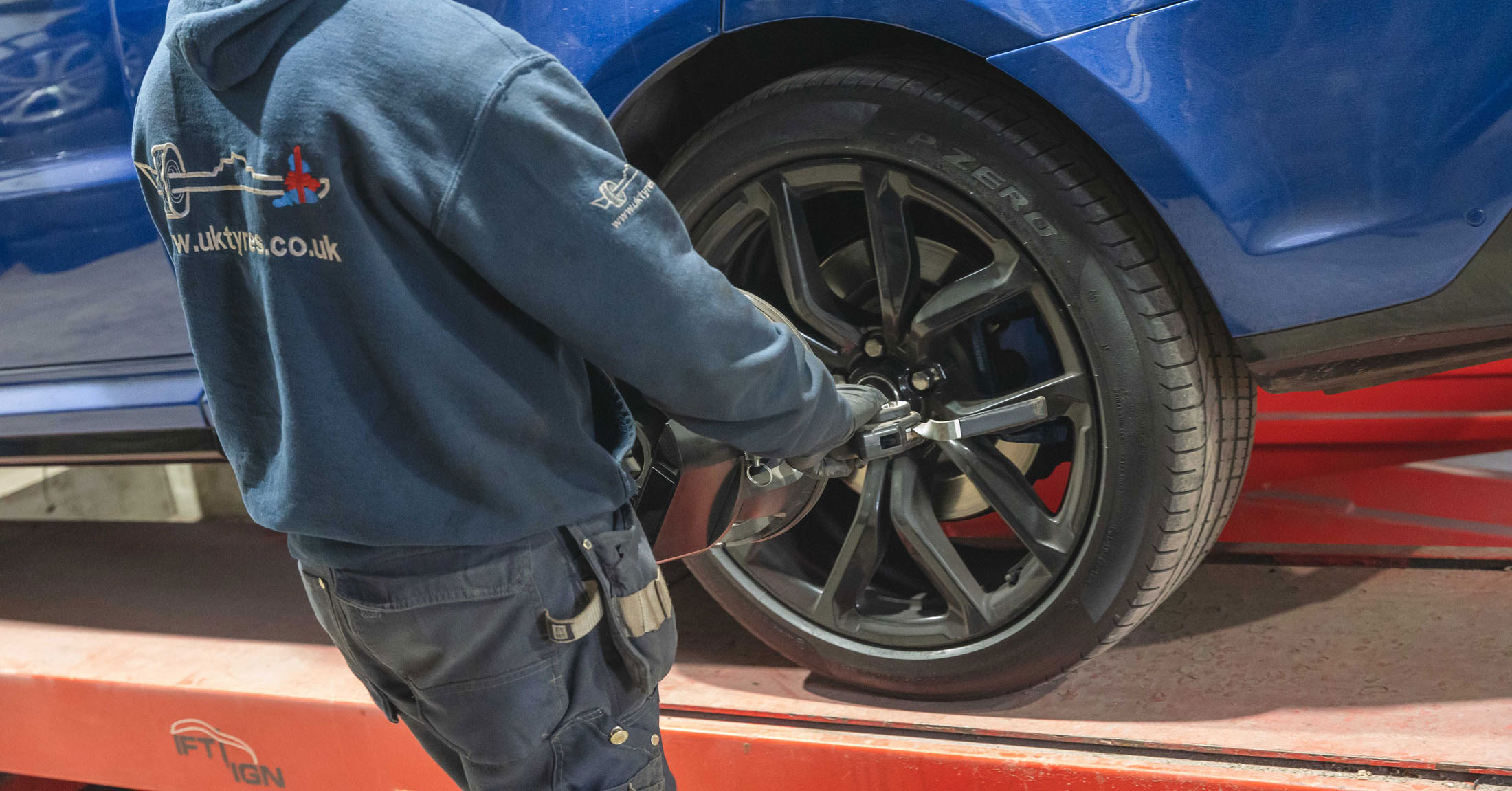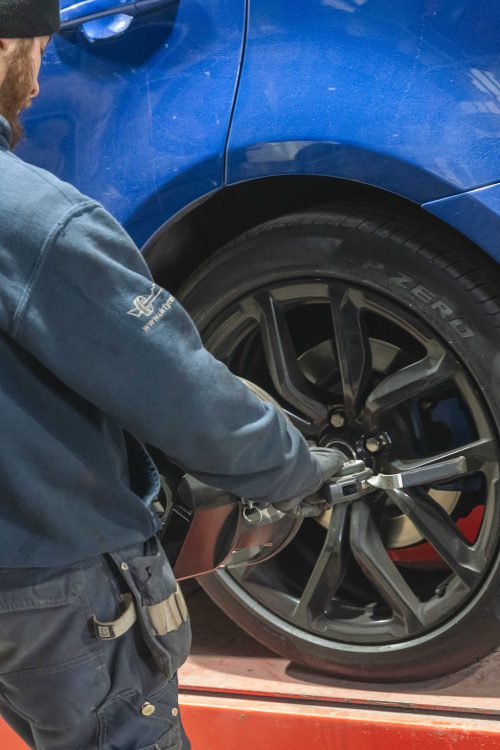How to Pick the Correct Tyre for Your Vehicle
When the time comes to get new tyres for your vehicle, there are a number of important factors you need to consider. These will include getting the right tyre for your particular car, your budget, the conditions you drive in and the way that you drive.
But before we look at these different factors, let’s find out what information you can discover just by looking at the tyres already on your vehicle.

The information on your existing tyre
When you look at your existing tyres, you should find a series of letters and numbers that give you important information about them, for example “205/55 R17 91V”.
But what does this mean? Let’s look at it bit by bit:
- 205 – This is the width of the tyre in millimetres.
- 55 – This figure is a percentage and indicates the relationship between the tyre’s sidewall height and its width. In this case, the height of the sidewall is 55% of the tyre’s width.
- R – This letter indicates that we’re looking at a radial tyre. A ‘B’ would be for a bias belted tyre (often used on classic cars, light trucks and SUVs), while a ‘D’ is for a diagonal tyre (often used on trailers).
- 17 – This is the size of the rim of the wheel that the tyre should be fitted to, expressed in inches.
- 91 – This is the load index, indicating the maximum load that the tyre can carry. In this case, 91 represents a maximum load of 615kg.
- V – This is the speed rating of the tyre. In this case, the ‘V’ tells us that the tyre should not be used at speeds above 149 mph.
It’s important to bear these figures in mind when looking for a new tyre, especially those that refer to the size of the tyre and the wheel on which it is to be fitted.
Things to consider when looking for new tyres
Obviously, the safest thing to do when choosing new tyres is to replace them with ones that are exactly the same as the ones you’ve been using, as long as you’ve been happy with them. But, as we mentioned earlier, there are certain other variables that you might want to take into account. These include:
- Price – most tyre suppliers supply tyres in three different price brackets: budget, mid-range and premium. All are perfectly safe and legal on British roads, but you will get improved performance with premium tyres, ideal if you’re doing a lot of miles each year or spend a lot of time travelling at high speed on motorways.
- Conditions – UK vehicles are fitted with tyres suitable for normal weather conditions, but you might want to consider having winter tyres fitted if your area is regularly subject to icy conditions, as they will offer improved grip. Some tyres are also better than others for driving in wet weather – standard UK tyres should be fine for standard British weather, but a deeper tread will provide better grip and a reduced risk of aquaplaning.
- Your preferences – some tyres can offer better fuel economy, because different treads can give you different levels of rolling resistance. Basically, the less resistance, the less fuel you should be consuming. Meanwhile, some tyres offer a quieter driving experience than others.
How to find the right tyre for your vehicle at UK Tyres
Here at UK Tyres, we’ve created a great feature that enables you to enter your registration number and then see which of our many tyres would be suitable for your vehicle. With each suggested tyre, you can see the code that can be found on it (as discussed earlier in this article), together with useful information showing whether it offers good fuel economy, is good in wet weather and so on. And, of course, we also give clear pricing information.
Once you’ve made your decision, you can reserve the tyre of your choice to be fitted at one of our depots in West and North London, or our mobile fitting service can come to wherever you are to do the job.
Use our online search feature to book your tyres and fitting now or get in touch with the team at UK tyres to find out more about our services.

